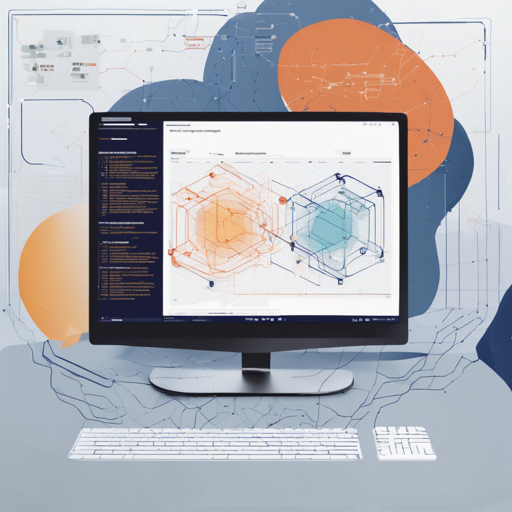Welcome to our detailed guide on training the Norwegian T5 Base model! This model is specifically designed for natural language processing tasks in Norwegian, utilizing a robust framework and a balanced corpus for optimal performance. Here, we will walk you through the steps to set up and run your training effectively.
What You Need to Know Before You Start
- A machine with sufficient disk space and performance capabilities.
- The right software environment for running Python scripts and managing deep learning models.
- Understanding of command line usage for executing training scripts.
Step-by-Step Guide to Training Your Model
Follow these steps to train the Norwegian T5 Base model:
1. Prepare Your Environment
Make sure you have Python and necessary libraries installed. You’ll need to utilize the Flax library for handling model training:
pip install flax transformers datasets2. Download the Dataset
You will be using the Balanced Bokmål-Nynorsk Corpus as your training dataset. Ensure it’s accessible in your file system.
3. Execute the Training Command
Here’s the command you will be executing to train the model:
python3 .run_t5_mlm_flax_streaming.py --model_name_or_path=.norwegian-t5-base --output_dir=.norwegian-t5-base --config_name=.norwegian-t5-base --tokenizer_name=.norwegian-t5-base --dataset_name=perenb_nn_balanced_shuffled --max_seq_length=512 --per_device_train_batch_size=32 --per_device_eval_batch_size=32 --learning_rate=0.005 --weight_decay=0.001 --warmup_steps=2000 --overwrite_output_dir --logging_steps=100 --save_steps=500 --eval_steps=500 --push_to_hub --preprocessing_num_workers 96 --adafactor4. Monitor the Training Process
It’s important to keep an eye on the training logs. This will help you adjust parameters or troubleshoot any potential issues.
Understanding the Parameters
To make things easier, think of each parameter as a recipe ingredient:
- max_seq_length: It’s like the maximum size of a pizza – you want it big enough to hold plenty of toppings, but not so big that it won’t fit in the oven.
- per_device_train_batch_size: This refers to how many slices are cooked at once. If you’re cooking in small batches, it can take longer but each slice will be just right.
- learning_rate: This is the heat of the oven; if it’s too high, you burn the pizza; too low, and it won’t cook through.
- weight_decay: Think of this as a sprinkle of salt that enhances flavor without overwhelming the dish.
- warmup_steps: The preheating phase – you need to get everything ready before diving into cooking!
Troubleshooting Your Training Process
If you encounter issues, here are a few troubleshooting tips:
- Check your disk space – training large models consumes significant storage.
- Ensure all file paths are correct; a simple typo can halt the process.
- If the model fails to start, verify that the dependencies are correctly installed.
- Look at the logs for any error messages; they can guide you to the underlying issue.
For more insights, updates, or to collaborate on AI development projects, stay connected with fxis.ai.
Final Thoughts
At fxis.ai, we believe that such advancements are crucial for the future of AI, as they enable more comprehensive and effective solutions. Our team is continually exploring new methodologies to push the envelope in artificial intelligence, ensuring that our clients benefit from the latest technological innovations.
And that’s all! With this guide, you should now be able to train your own Norwegian T5 Base model with ease. Happy coding!

